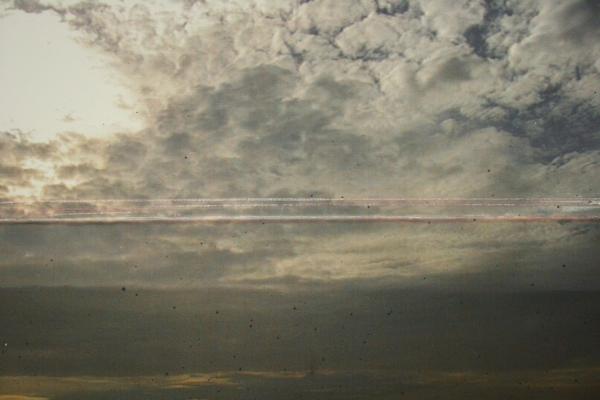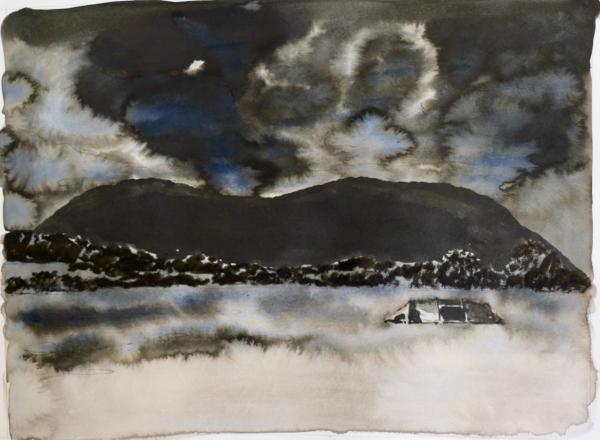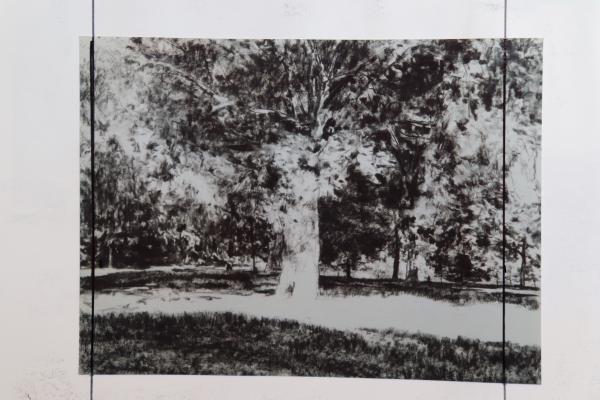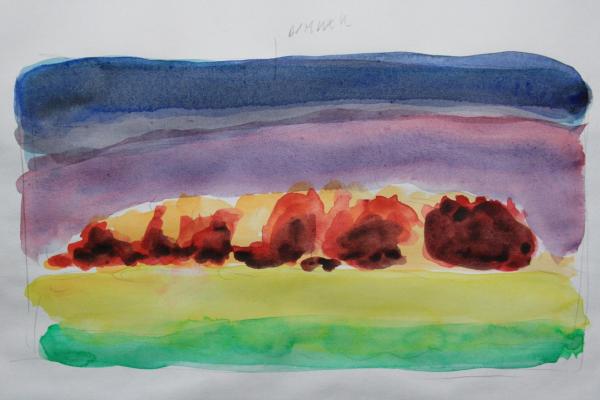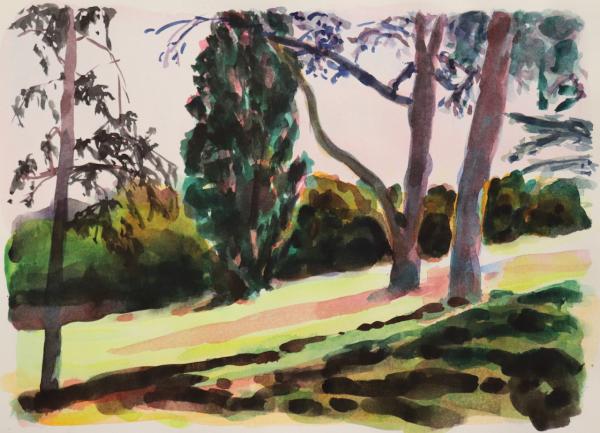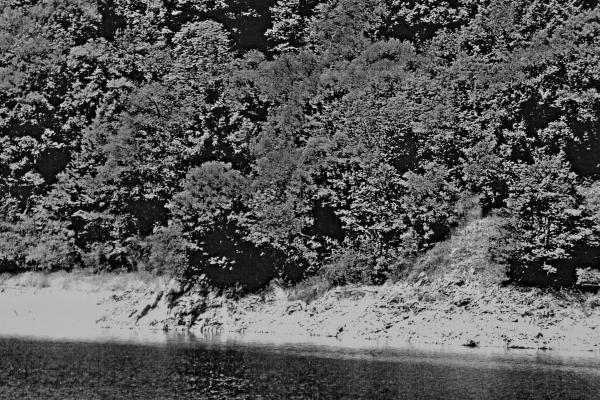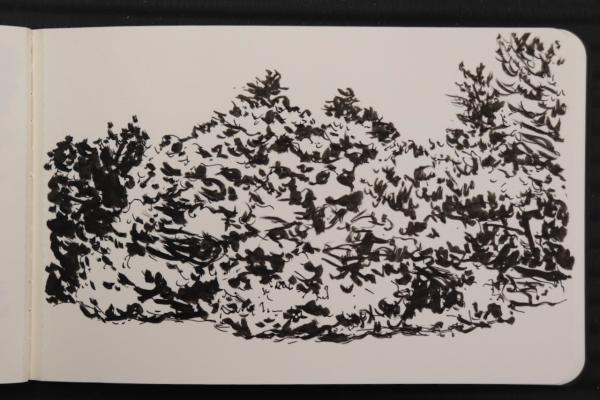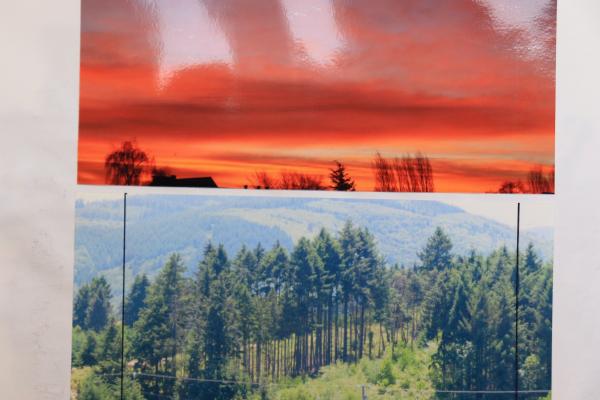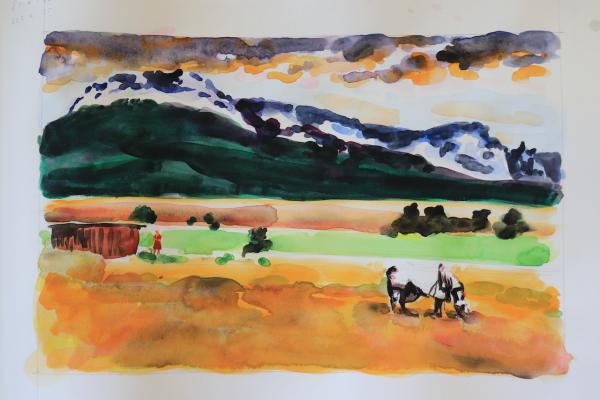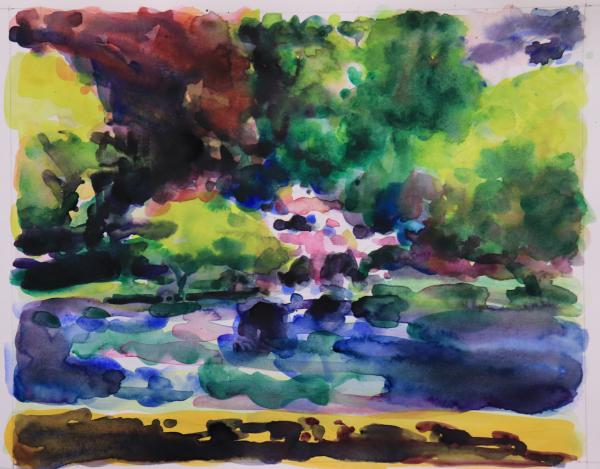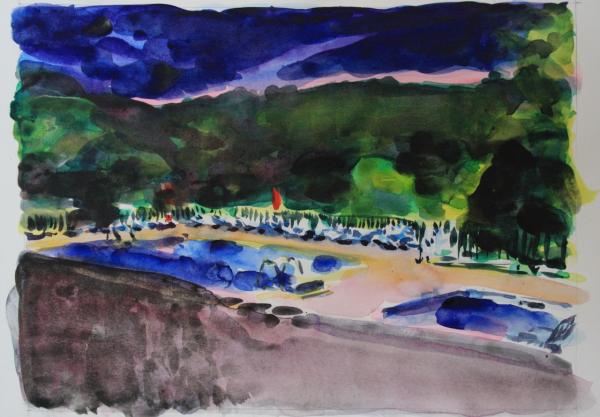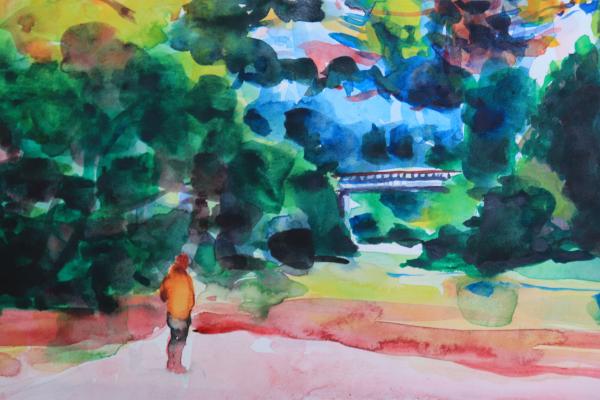Text: JEROEN LAUREYNS
On Wednesday, 10 September 2014, I walked from my home in northern Antwerp to Hans Bruyneel’s atelier in Borgerhout, straight across the stone wilderness of Antwerp. It was the second time I had walked this route and I am surprised every time by how built-up the city centre is. It is like a valley of roof tiles, bricks, concrete and asphalt that runs from ridge to ridge, but oddly enough I still feel most at home here. Don’t put me in the pseudo-countryside of Flanders because the confrontation with the attack that Flemings have mounted on their own natural surroundings would be too great. No, I prefer the stone wilderness of a Belgian city centre, with its charming town houses and abandoned factories over the cornfields, paved roads and subdivisions that couldn’t make a bee or butterfly happy.
It is there, in Antwerp’s city centre, that I rang the bell of an old diamond-polishing factory and the atelier of painter Hans Bruyneel. In the middle of the second decade of the 21st century I entered the space where he has worked on large, cinematic, natural landscapes in bright colours over the last few years. At first sight, they couldn’t form a greater contrast with the claustrophobic, urban landscape that lacks nature of the outside world.
It’s as if here in his atelier, in the middle of one of the most polluted, noisy and fragmented landscapes in Europe, the artist wants to escape the acute lack of open space and nature by following in the footsteps of American Romantic landscape artists like Albert Bierstadt. They paint uplifting nature in the beautiful colours of a spectacular sunset; man plays a supporting role while the leading part is given to nature. But it is not that easy. Instead of paintings that want to sing the praises of the beauty of the landscape, these canvases are also projections of an artificial and ominous world. A world in which the painter does not invite the observer with a pompous gesture to imagine himself walking around those landscapes; rather he allows the apprehensive observer to stand at the edge of the image.

2015
Teksten: Jeroen Laureyns & Marc Holthof
Uitgever: Galerie Van Der Planken
ISBN 9789080747104

2005
Tekst: Johan van Cauwenberge
Uitgever: Galerie Van Der Planken
ISBN 9080747122
